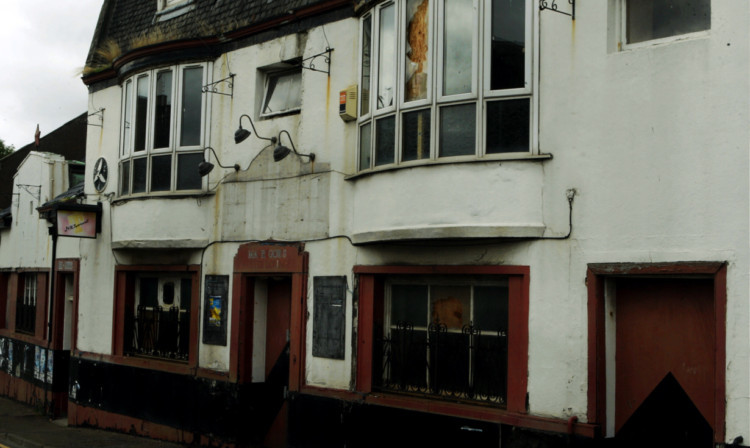Fife Council is adopting a zero tolerance approach to derelict properties in the region.
Property owners who allow buildings to fall into disrepair could be forced to spruce them up or sell up as the local authority attempts to tidy up communities.
The clampdown is being rolled out across Fife, with both Cowdenbeath and Levenmouth area committees set to discuss the issue on Wednesday.
In Leven, North Street is the focus of the campaign, in particular the former Three Ways Inn, Ambassador Snooker Club and an old gas showroom.
Meanwhile, in Cowdenbeath, the Douglas Garage site in Lochgelly and the derelict property on Cocklaw Street, Kelty, have been identified as needing attention.
The report to the Levenmouth committee said: “Tackling dilapidated properties is a significant undertaking, although the majority of the financial burden is the responsibility of private owners.
“There is no dedicated council budget for tackling issues of dilapidation. The opportunity to recharge costs to private owners would be pursued where relevant.
“A significant financial responsibility falls on property owners, but many are unable to raise finance in the current difficult financial climate to address the issues.
“In these circumstances, it may be appropriate to take enforcement action and/or to support owners to find means of securing the resources required or to consider selling the property.
“Dilapidated properties send out a message of neglect within neighbourhoods and communities. When these properties are in prominent locations that negatively affect neighbouring households, businesses or facilities the impact can be significant.
“The reasons behind dilapidation are wide-ranging. Wilful neglect is rare and more often owners lack the understanding, financial means or, in some cases of shared ownership, mechanism to care properly for their building.”
A number of initiatives have been launched to tackle the problem of run-down properties. These include a council-run vacant property grant scheme to help owners attract prospective tenants or help tenants make improvements.
